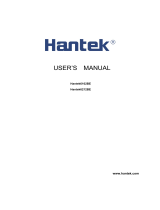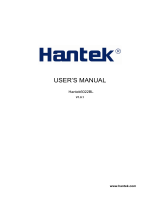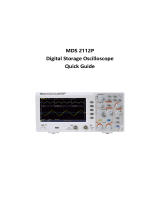
RIGOL
DS4000 User’s Guide
Multi-function Knob ......................................................................... 1-19
Navigation Knob ............................................................................. 1-19
Default ........................................................................................... 1-20
Print .............................................................................................. 1-20
Function Keys ................................................................................. 1-20
Record ........................................................................................... 1-21
User Interface ....................................................................................... 1-22
To Use the Security Lock ........................................................................ 1-27
To Use the Built-in Help System .............................................................. 1-28
2 To Set the Vertical System .................................................................. 2-1
To Enable the Channel ............................................................................. 2-2
Channel Coupling .................................................................................... 2-3
Bandwidth Limit ...................................................................................... 2-4
Probe ..................................................................................................... 2-5
Input Impedance ..................................................................................... 2-7
Waveform Invert ..................................................................................... 2-8
Vertical Scale .......................................................................................... 2-8
Vertical Expansion ................................................................................... 2-9
Amplitude Unit ........................................................................................ 2-9
Channel Label ....................................................................................... 2-10
Delay Calibration ................................................................................... 2-11
3 To Set the Horizontal System .............................................................. 3-1
Delayed Sweep ....................................................................................... 3-2
Time Base Mode ...................................................................................... 3-4
Y-T Mode ......................................................................................... 3-4
X-Y Mode ......................................................................................... 3-5
Roll Mode ......................................................................................... 3-8
Horizontal Scale ...................................................................................... 3-9
Horizontal Reference ............................................................................. 3-10
4 To Set the Sample System .................................................................. 4-1
Acquisition Mode ..................................................................................... 4-2
Normal ............................................................................................. 4-2
Average ........................................................................................... 4-2
Peak Detect ...................................................................................... 4-4
High Resolution ................................................................................ 4-4
Sample Mode ................................................................................... 4-5


























